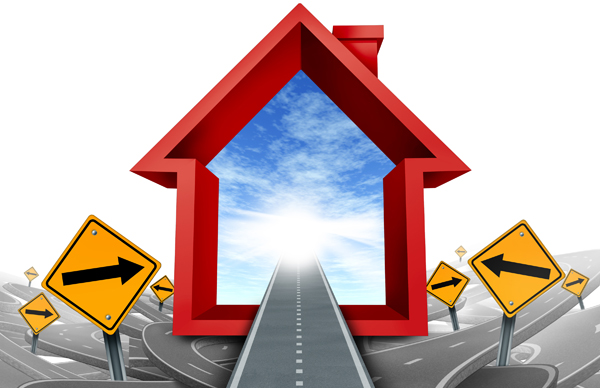Is this the first time of you learning about reverse mortgages? Reverse mortgage is a scheme designed to convert part of your home equity into cash and pay it back to you. Sounds similar to a normal mortgage loan? Not quite. Below is the flow chart to show the main difference between reverse a mortgage and a normal mortgage.

The two important things to keep in mind from the chart above are:
- For reverse mortgage, the offer comes from a financial institution rather than an individual.
- Even though the financial institution is “buying” your property, you are still the owner of the property and you can stay in it until you’ve passed away or no longer the permanent residence of the property.
| Normal Mortgage | Reverse Mortgage | |
| Ownership | The seller owns the property but is not required to fully pay off the mortgage loan fist. | Owner has to own the property entirely or with a low balance left so that the financial institution can possess it. |
| Ownership Transfer | Ownership transfer from the seller to the buyer after signing SPA. | Ownership transfer from the owner to the financial institution after the owner has passed away or is no longer the permanent resident of the property. |
| Payment Terms | The buyer pays the loan payment as monthly installments.
The buying price will be based on the property value. |
The loan payment is paid to the owner by the financial institution. However, after the owner has passed away, it has to be sold or the owner’s family have to pay off the loan balance.
The loan amount will be based on the property value. |
| Age | Must not exceed a certain age. | Must exceed a certain age. |
| Interest Charges | Interest is amortized and included in the monthly installments. | Interest is accumulated in the loan balance. |
| Home Equity | Increases as time passes because you pay off more on your principal (not interest). | Decreases as time passes because your loan balance increases as interest accrues. |
| Eligibility | Based on the financial position and credit score of the borrower. | Based on the value and the eligibility of the owner’s property, credit history and his ability to finance, property tax and insurance, etc. |
Why Reverse Mortgage?
Reverse mortgage is a good choice for people during their retirement age, who own a property but are looking for extra income to sustain their daily expenses. Instead of renting or selling the house which will affect their lifestyle, a reverse mortgage is a better option because they get to stay comfortably in their own property while being paid every month.
Should Reverse Mortgages Be Implemented In Malaysia? Click To TweetBut do keep in mind that there are drawbacks for this reverse mortgage:
- Since you are still living there and the property is under your ownership, you have to bear the maintenance cost of the property.
- You are tied to the property and moving out means that you’ll have to settle the loan amount beforehand.
- The interest rate for reverse mortgage is often higher (in the case of overseas). However, it should not be a major concern if you are planning to sell your property after you’ve passed away in order to payoff the loan amount because there should be a clause preventing the loan amount balance to exceed the property market value. The only downside to this is that your beneficiary might get little to nothing if there is no difference between the loan balance and the property’s selling price…
- After you’ve passed away, your heir will need to settle the loan amount but do not have to pay more than the appraised value of the property in order for them to inherit it. Or else, the property will be sold to payoff your initial reverse mortgage loan amount plus interest.
So, shall we have reverse mortgage in Malaysia?
Pros of Reverse Mortgage
The short answer is yes. A reverse mortgage is definitely a viable option for Malaysians other than EPF (Employment Provision Funds) or PRS (Private Retirement Schemes). But your heir have to be financially independent and do not intend to own your property.
Eventually the payments you’ll receive from a reverse mortgage are very flexible, here are the options:
- Single lump sum.
- Monthly receivable payment.
- Line of credit. It’s like a current account where you can continuously draw from the bank up to a certain specified amount. This option reduces your interest because it is based on the amount being drawn. For example, if you did not use the line of credit at all, there will be no loan or interest being charged.
Cons of Reverse Mortgage
As you are getting paid through your reverse mortgage, interest is added onto the balance you owe to the financial institution each month. That means the amount you owe grows as the interest on your loan adds up over time. It offers floating interest rates in general and you can’t predict the duration too, as you can’t predict your own death.
Due to the complexity of terms and the fact that it is only applicable for senior citizens, proper regulations should be set up by the authorities first.
Conclusion
Although a reverse mortgage has its own pros and cons, we feel that it should be introduced in Malaysia as another option for those who are retiring with limited savings and own a valuable property. However, do remember that the goal of choosing it should be solely for retirement purpose without leaving your property to your heir because if you expect more, there are better options.
–LOANSTREET

